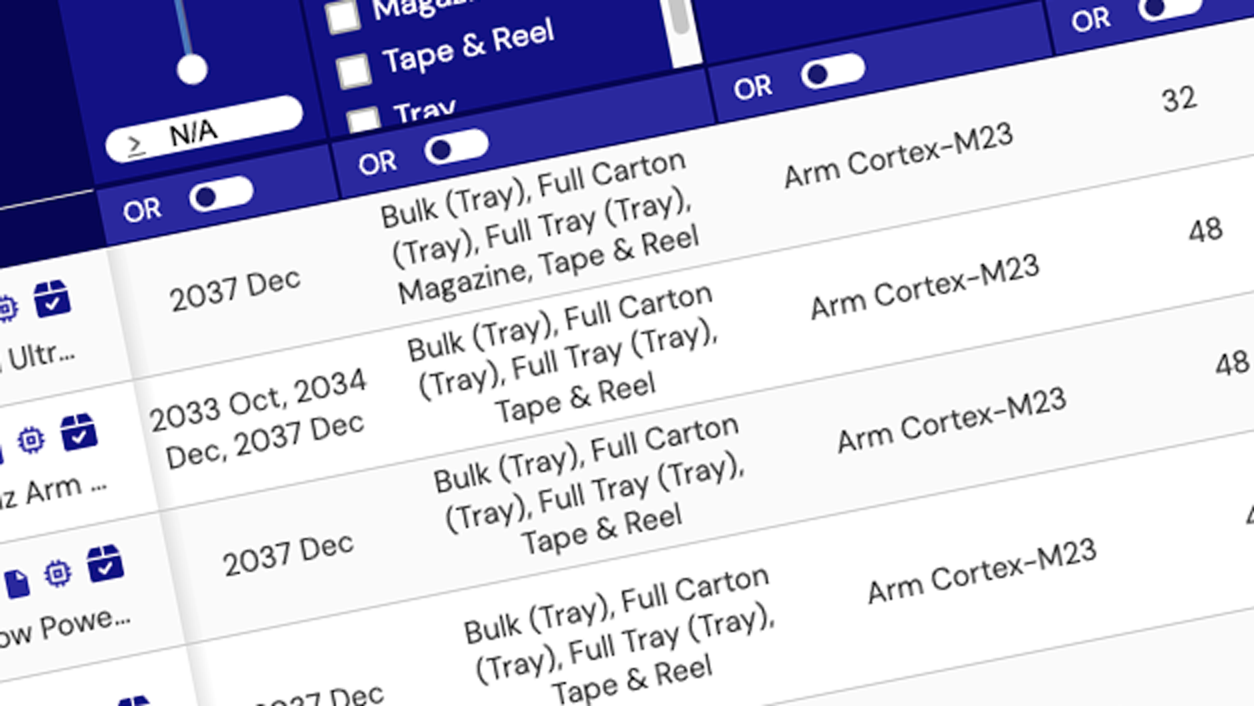Hi-Rel CAN transceivers provide robust and reliable communication for space and high-reliability applications. Designed to withstand radiation-heavy environments, these transceivers ensure fault-tolerant, high-speed data transmission across distributed systems. With hardened bus protection, low-power operation, and compliance with CAN standards, they enable resilient networking for spacecraft, satellites, and other mission-critical systems.
Renesas offers products across many screening flows: QML-V, QML-V Equivalent, QML-P, QML-P Equivalent, and RT Plastic. Refer to the product datasheet to determine which flows are applicable.
Cold Sparing Capability
Our CAN Bus transceiver family supports cold sparing capability, ensuring reliable redundancy without system level disturbances.
Selectable Rise/Fall Times
CAN Bus transceivers offer selectable rise and fall times, allowing for optimized bus performance and improved signal integrity in diverse communication environments.
Designed for Space
Engineered from the ground up for space applications, these CAN Transceivers mitigate SEE and TID effects, ensuring mission-critical reliability without additional design overhead.
